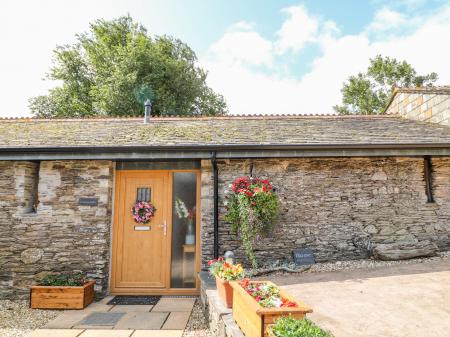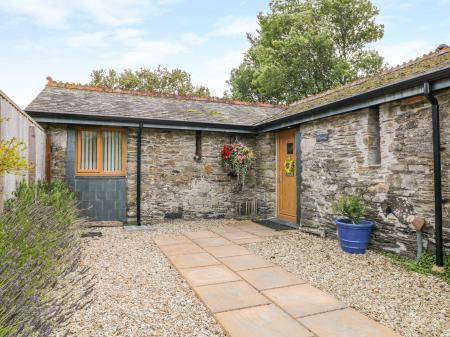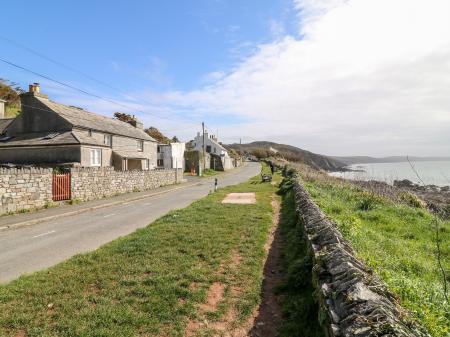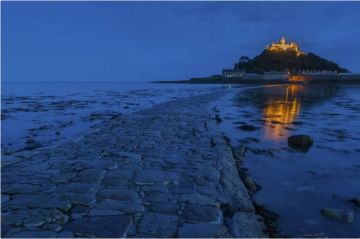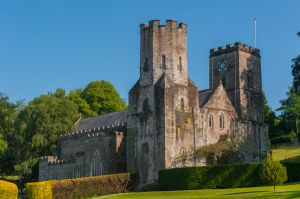
The village was a busy fishing port in the Victorian period, and cargos of timber, limestone, and coal were loaded onto ships at St Germans Quay. Now the Quay is mostly notable for a local sailing club. Above the Quay is the railway station, an extremely well-preserved Victorian building that opened in 1859.
The village was known as a 'rotten borough' by the 19th century, sending a pair of MPs to Parliament from a voting population of just 247 men.
St Germans Priory
This fascinating building was begun in AD 430 when St Germanus built a church and a religious settlement. That settlement eventually became an Augustinian priory. The priory church was rebuilt in AD 930 by King Athelstan as a cathedral for all of Cornwall.
The bishopric was transferred to Crediton in 1043, and in 1161 the 10th-century church was rebuilt to serve the priory. The Lady Chapel was added in 1358 and housed a reliquary with the wrist bone of St Germanus.
Pilgrims flocked to visit the saint's shrine, but in 1539 the priory was dissolved by Henry VIII. Only the church survives, with a wealth of Norman features and a superb collection of Pre-Raphaelite stained glass. Look for the ornate memorial to Edward Eliot, sculpted by JM Rysbrack in 1722, as well as a 14th-century misericord and a magnificent 13th-century font of Purbeck marble. Here's more about the Priory church.
Port Eliot
The intriguing stately home of Port Eliot was built from the ruins of monastic buildings after the priory was dissolved by Henry VIII in 1539. The most famous of the Eliots was Sir John Eliot, who antagonised King Charles I by advocating for increased Parliamentary control of government. Eliot was imprisoned in the Tower of London multiple times, and died there in 1632.
The present house was begun in the early 18th century and incorporated parts of the earlier medieval buildings. That 18th-century house was remodelled in 1804, and is now filled with a superb collection of fine art, including works by Ramsey, Hoppner, and Joshua Reynolds.
Aside from the church and Eliot House the most interesting historic building In St Germans is a row of 16th-century almshouses known as The Galleries. These were founded by Sir William Moyles in 1583 to house a dozen poor people in single-room apartments. The almshouses have since been converted into 4 much more comfortable flats.
Three miles from St Germans is the stately home of Antony House, while six miles away is Mount Edgecumbe House and Country Park.


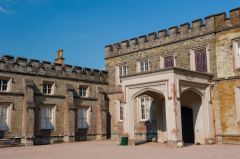


 We've 'tagged' this attraction information to help you find related historic attractions and learn more about major time periods mentioned.
We've 'tagged' this attraction information to help you find related historic attractions and learn more about major time periods mentioned.